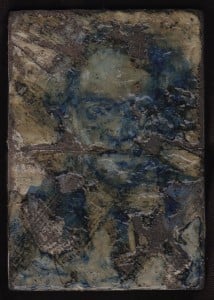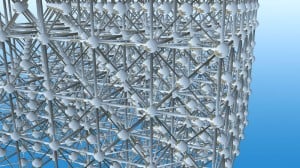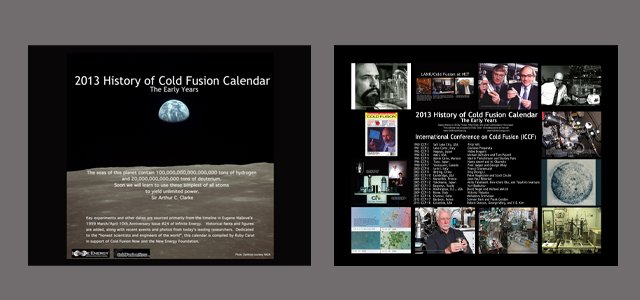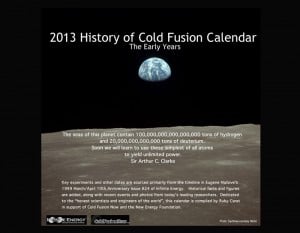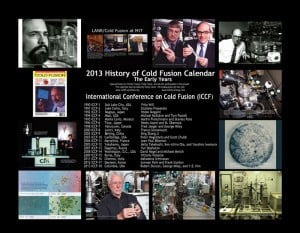Science of Winnowing
Discernment leads to winnowing. Winnowing uncovers that which is useful.
Like the diversity of life, the Cold Fusion Low Energy Nuclear Reaction…
“is not a narrow band set of physical phenomenon” (quote NASA).
The winnowing process of science is leading us to a diversity of engineered LENR devices. We are now seeing an information explosion of LENR ‘nearly free and clean energy’ science literature that is …
“dense as a cold fusion reaction”.
To celebrate this, here is some prose for you to share.
Touching Spirit
A still
yet soaring Eagle
An at home
yet migrating Whale
An occupied
yet connected Human
A curious Bear
A winnowing Minnow
A persistent Beaver
An observant
yet unobserved Mouse
An invisible
yet present Owl
A lone
yet pack Wolf
A serious Crow
A trickstering Coyote
A powerful Badger
Touches my Spirit
A Totem
A Story
Told
To Winnow is to…
1 Blow a current of air through in order to remove the chaff
2 Remove from grain
3 Reduce the number in a set gradually until only the best ones are left
4 Find or identify a valuable or useful part of something
5 Identify and remove the least valuable or useful
6 (of the wind) Blow
7 (of a bird) Fan (the air) with wings
What a lovely word winnowing!
I think so too ’cause…
I’m a happy winnowing Minnow
So little, which really does
matter. Yes, one
teensy, itsy
bitsy
bit
thanksingingivearthanksingingivearthanksingingivearthanksingingivearthanks
shareveryonesmileshareveryonesmileshareveryonesmileshareveryonesmileshare
Image from… (link)
The prose is a story about cold fusion. Traditionally, storytelling is told using archetypal images.
The story and characteristics (qualities of characterization) of the cold fusion quest are portrayed in the order of events, following a contemporary format of totem storytelling.
The first group sets the stage
- Still enough to observe (anomalous heat) and soaring when then elated – Eagle
- At home and migrating – Whale (lost good jobs and moved away)
- Occupied (sticking with cold fusion) and still connected – Human (still respected within a very small, teeny tiny, itsy bitsy subset of the scientific community)
This portrays the qualities and actions of early cold fusioneers. (spelled like buccaneers)
- Curious… Bear (bear with me on this one… cold fusion?)
- Winnowing… Minnow (tiny… so what?)
- Persistent… Beaver (builder… of dreams?)
good scientific gleaning… searching for meaning…
The third continues the story 20+ years. Researchers and the anomalous energy effect.
- Observant (researcher) Unobserved (under the radar) Mouse (meek- underfunded research)
- Invisible (difficult to observe) Present (actually exists) Owl (wisdom – wise clean nuclear energies)
- Lone (individual – researchers) Pack (group -body of work) Wolf (strong yet gentle – energy)
LENR out of the cutting edge research phase. Into the research and engineering phase.
- Serious… Crow (nuclear dense clean energy)
- Trickstering… Coyote (fooled us, as in regards to established theory)
- Powerful… Badger (powerful with far reaching ramifications – LENR will expand human territory with travel to and through space at ramjet and ion speeds)
Cold fusion LENR stops carbon destruction and we declare the story told.
- Touches my spirit (heals earth life)
- A totem (classify this)
- A story (archetypal)
- Told (occurred)
The strength of archetypes and the intelligence of nature is not to be underestimated.
Storytelling, artfulness, and discovery are all part of scientific query.
Badger
Honey badgers are intelligent animals, and are one of few species capable of using tools. In the 1997 documentary series Land of the Tiger, a honey badger in India was filmed making use of a tool. The animal rolled a log and stood on it to reach a kingfisher fledgling stuck up in the roots coming from the ceiling in an underground cave.
The badgers have been named the most fearless animal in the Guinness Book of World Records.
In a recent study (2009) undertaken by the magazine Scientific American it has been found that pound for pound the honey badger is the world’s most fearsome land mammal as a result of its favorable claw to body ratio and aggressive behavioral tendencies.
The honey badger is predominantly solitary, although small family groups of up to three individuals are occasionally seen. They are nomadic and range over huge areas, which for an adult male may be as large as 600 km2.
Main Entry: badger Function: noun
Etymology: probably from badge; from the white mark on its forehead Date: 1523
1 a : any of various burrowing mammals (especially Taxidea taxus and Meles meles) of the weasel family that are widely distributed in the northern hemisphere b : the pelt or fur of a badger
2 capitalized : a native or resident of Wisconsin —used as a nickname
Main Entry: badger Function: transitive verb Etymology: from the sport of baiting badgers Date: 1794
: to harass or annoy persistently
synonyms see bait
Main Entry: bait Function: verb Etymology: Middle English, from Old Norse beita; akin to Old English bǣtan to bait, bītan to bite — more at bite Date: 13th century (transitive verb <a>)
1 a : to persecute or exasperate with unjust, malicious, or persistent attacks b : tease
2 a : to harass (as a chained animal) with dogs usually for sport b : to attack by biting and tearing
3 a : to furnish with bait b : entice, lure
4 : to give food and drink to (an animal) especially on the road
BADGER Intransitive verb Archaic : to stop for food and rest when traveling. Etymology unknown, not in use.
“The etymology of 1794 reflects a cultural fear, and possibly a sadistic resentment of strong animals, i.e. the strength of nature. Other cultures revere animals, plants, and the strengths of nature.”
“The culture of reverence and respect for all life is growing”
The Peoples of Earth
Totem
Totemism was a key element of study in the development of 19th and early 20th century theories of religion, especially for thinkers such as Émile Durkheim, who concentrated their study on primitive societies. Drawing on the identification of social group with spiritual totem in Australian aboriginal tribes, Durkheim theorized that all human religious expression was intrinsically founded in the relationship to a group.
In his essay “Le Totemisme aujourdhui” (Totemism Today), the anthropologist Claude Lévi-Strauss argued that human cognition, which is based on analogical thought, is independent of social context. From this, he excludes mathematical thought, which operates primarily through logic. Totems are chosen arbitrarily for the sole purpose of making the physical world a comprehensive and coherent classificatory system. Lévi-Strauss argues that the use of physical analogies is not an indication of a more primitive mental capacity. It is, rather, a more efficient way to cope with this particular mode of life in which abstractions are rare, and in which the physical environment is in direct friction with the society. He also holds that scientific explanation entails the discovery of an “arrangement”; moreover, since “the science of the concrete” is a classificatory system enabling individuals to classify the world in a rational fashion, it is neither more nor less a science than any other in the western world. It is important to recognise that in this text, Lévi-Strauss manifests the egalitarian nature of his work. Lévi-Strauss diverts the theme of anthropology toward the understanding of human cognition.
Discovery
It’s of great use to wonder
Why our minds wander
In awe of it all
Being forever true
Seeking the new
We are just now discovering
That which has always been
Impatiently awaiting us
Craving our keen attention
Hoping for deeper understanding
Awesome is
The wonder of discovery
And the power
Of awe
gbgoble2009




